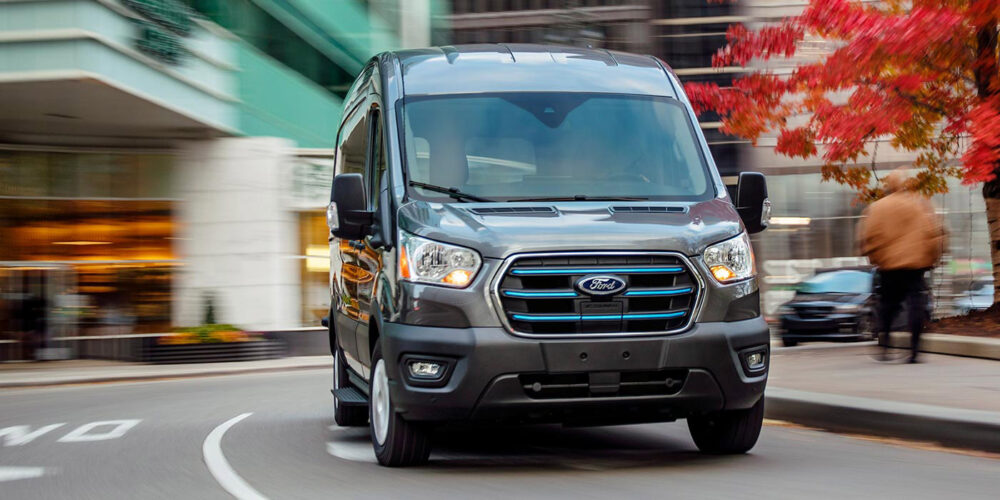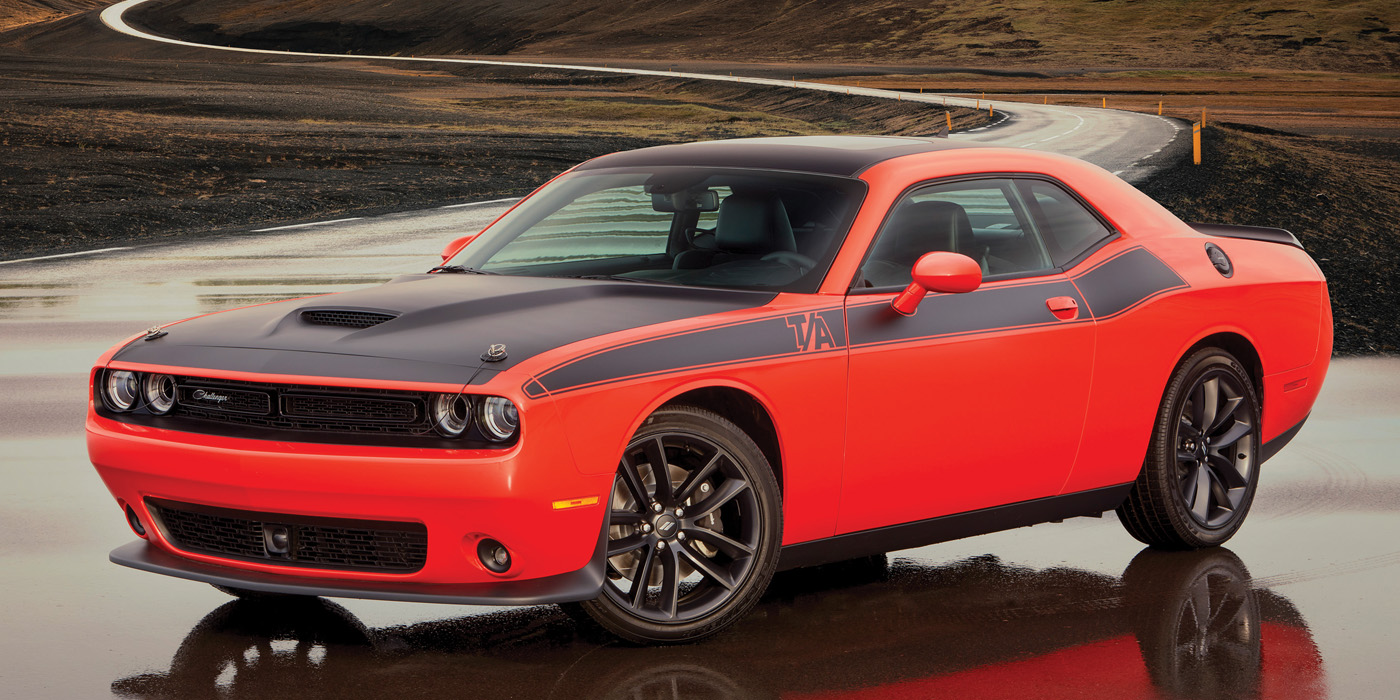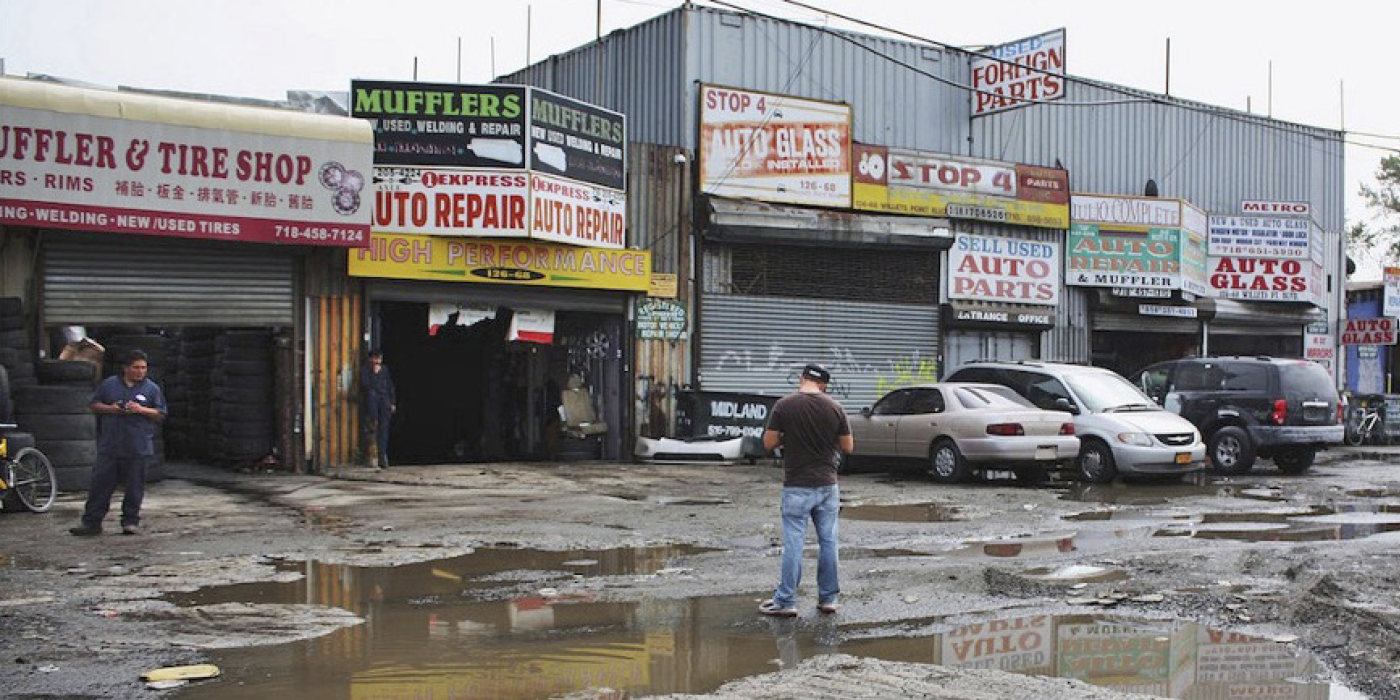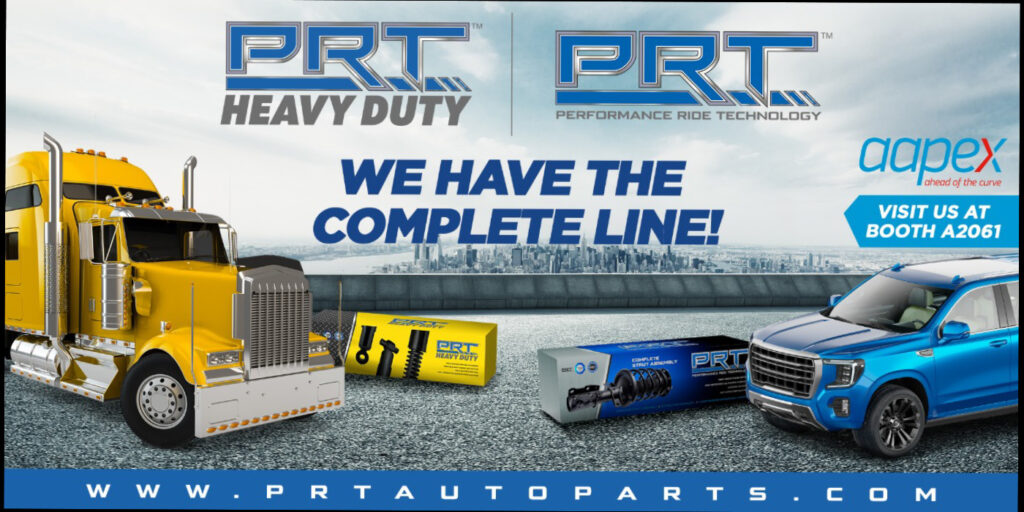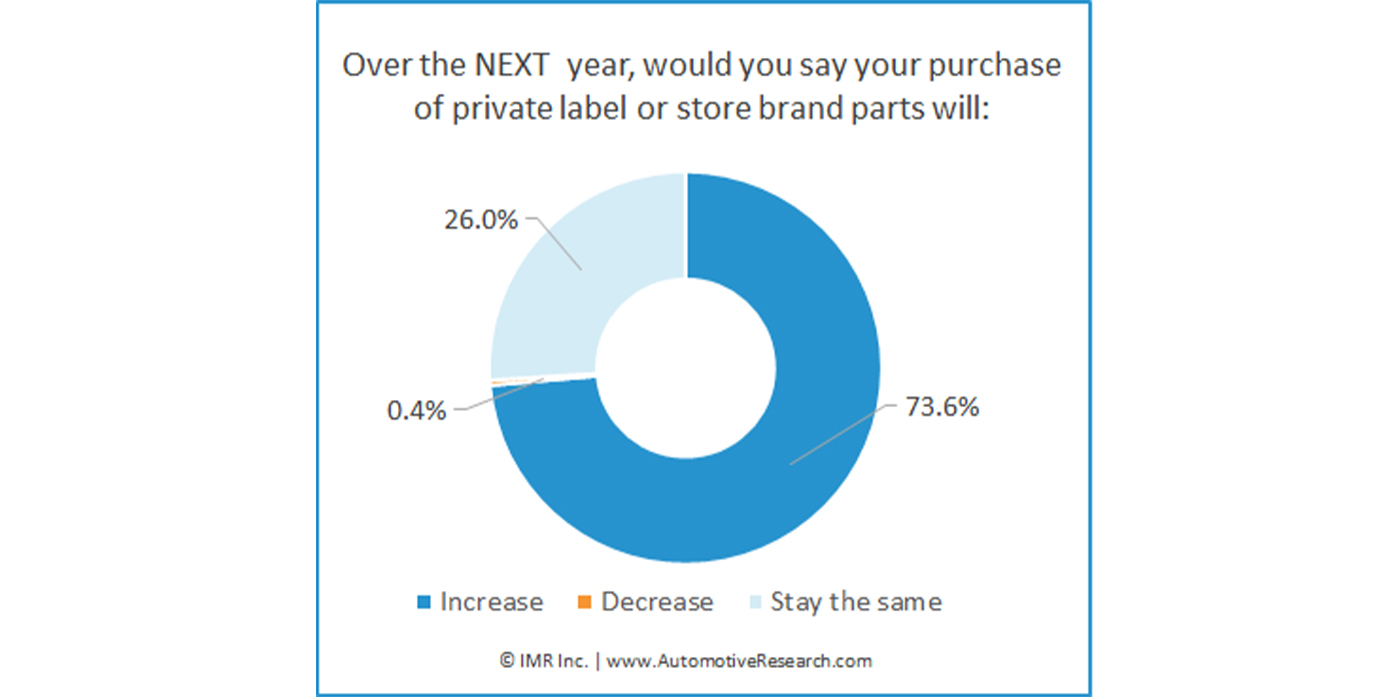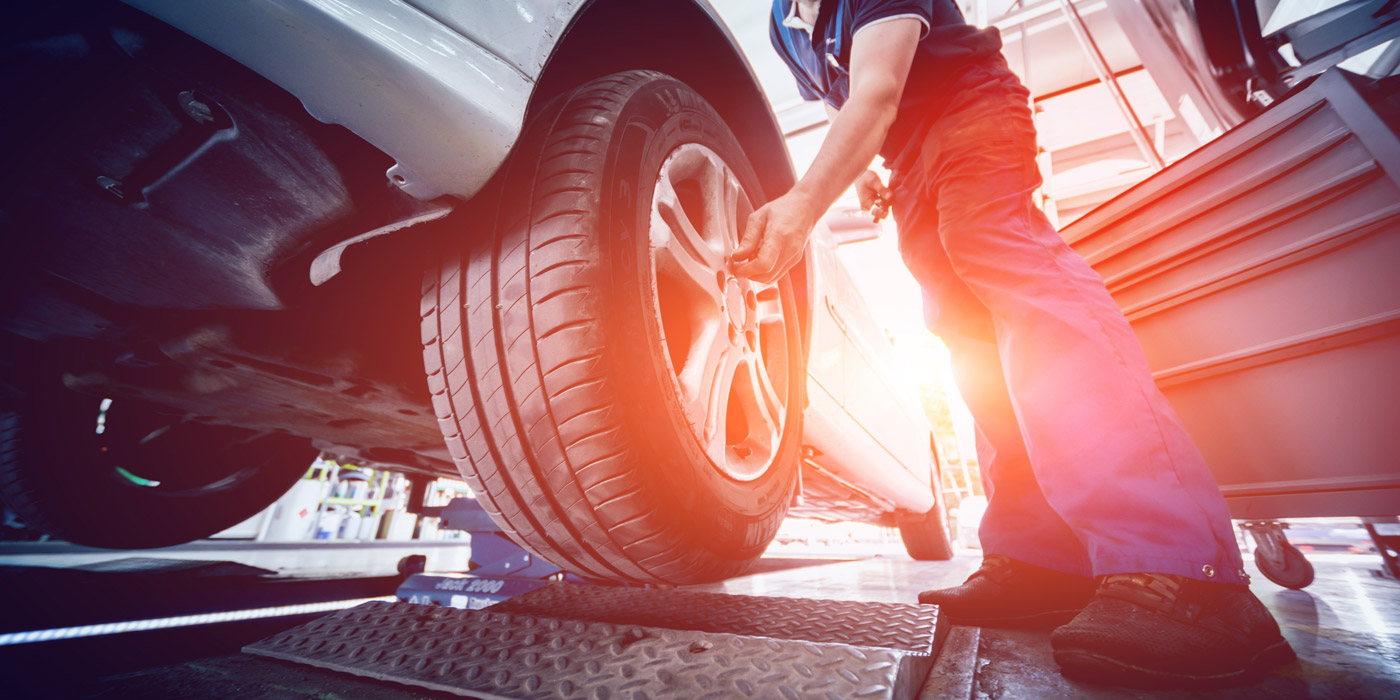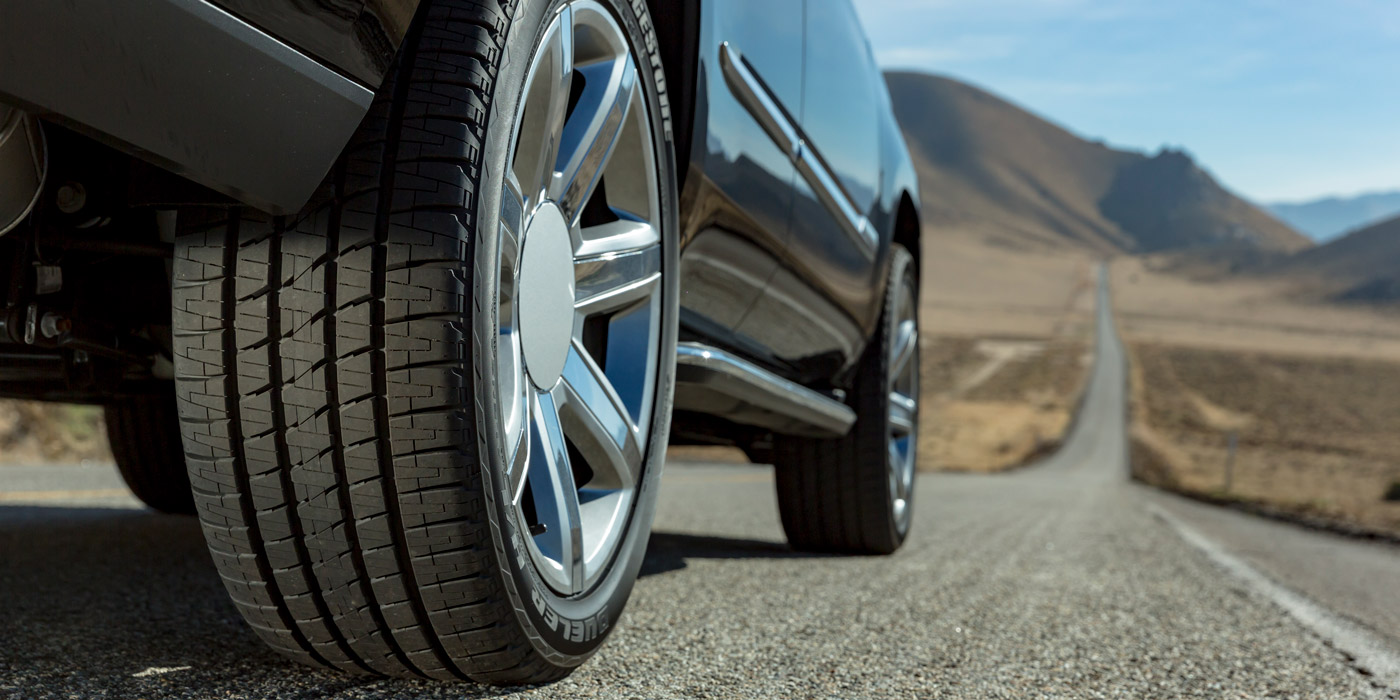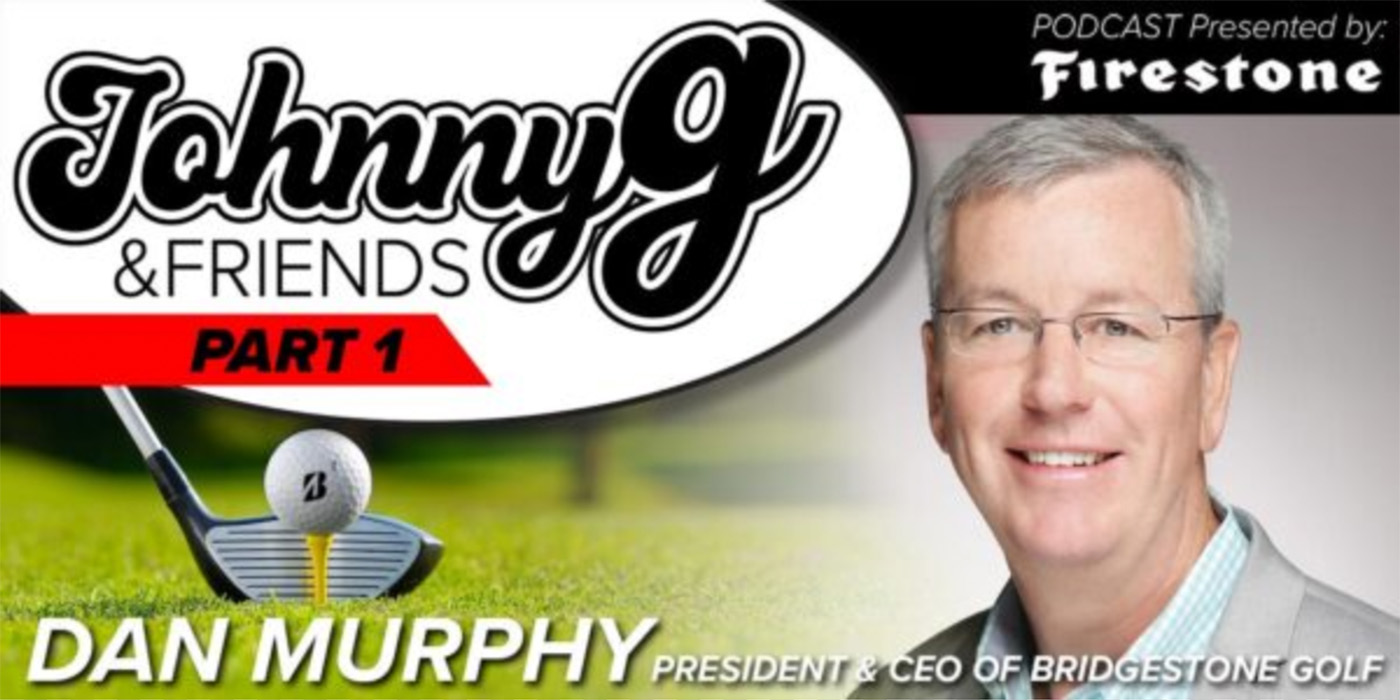Prior to the pandemic, the last-mile delivery (LMD) market was booming. So, when COVID-19 hit, and newly-homebound consumers placed even more online orders — retailers like Amazon shortened delivery times to two days, one day, or even same-day services — and the segment exploded.
The surge in business brought even more demand for LMD tires, which already had seen a decade of steady sales growth. Tire dealers are in a good position to grow their commercial business and increase profits thanks to this segment, provided they keep up with customer expectations and market trends.
“LMD has been a growing segment for several years, even before COVID,” said Valentino Faraone III, Double Coin regional vice president and new product development manager. “The pandemic heightened the demand for last-mile services…and shifted consumer expectations when it comes to delivery times. More goods delivered in smaller quantities means more vehicles needed and more tires used.”
Faraone added that sustained growth is inevitable for this segment since it’s unlikely that consumers will shift their expectations back to five to 10 days for delivery of goods. “Companies will continue to invest in supply chain management to get goods closer to potential buyers in order to further expedite the delivery process,” he says.
According to Helmut Keller, Continental Tire the Americas’ head of product management, over the past decade, the volume of truck tires for regional applications has increased annually, nearing long haul volumes.
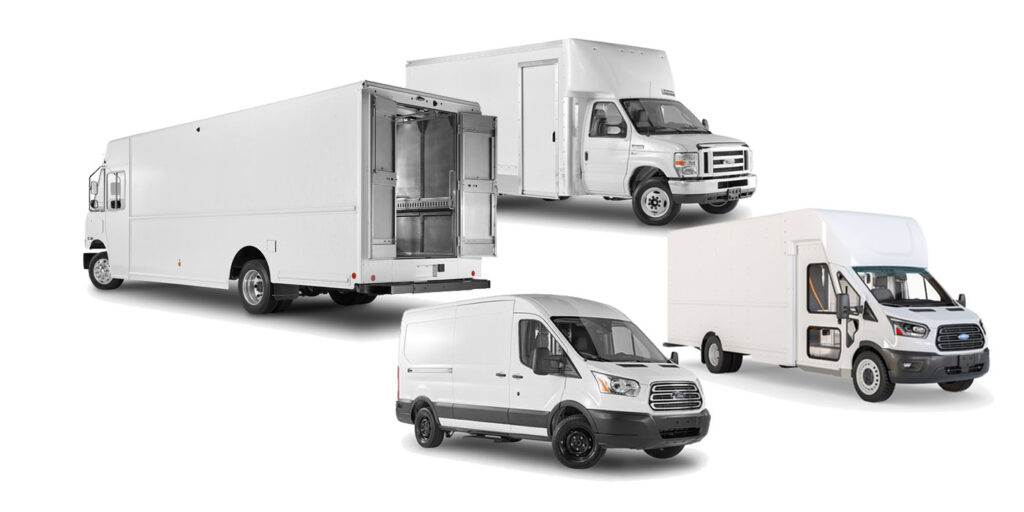
“This has not been seen in the U.S. market in recent memory,” he says. “As soon as the next five to 10 years, regional tire shipments are expected to eclipse long haul volumes. Many other sources support this trend, with LTL (less than truckload) growing at compound annual growth rates of more than 10% and LMD continuing to grow in popularity.”
“Today, it’s estimated that smaller fleets make up about 75% of the market, and we expect that segment to remain a focal point of the market,” says Timothy Netzel, director of TBR brand marketing for Bridgestone Americas. “This growth in LMD has had an impact on the commercial tire offering for these fleets, with vehicles getting smaller but also requiring higher load capacities. We’ve also seen a need for smaller commercial tires in the 16- to 19.5-in. range.”
Growing Trends
With such large growth has come increased demand for enhanced features and new technology, including making tires “smart.”
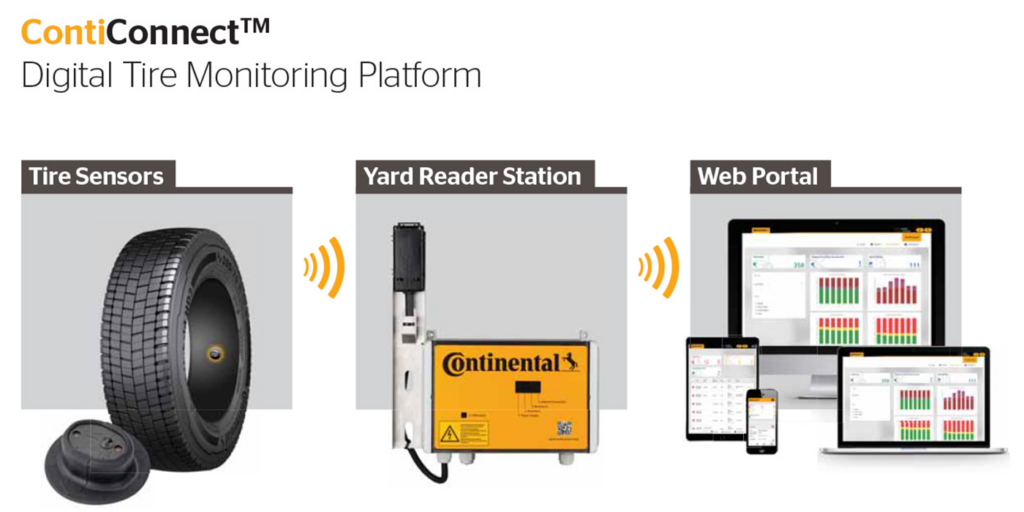
“As automobiles have become increasingly sophisticated in terms of their on-board electronics, there is a growing need to integrate tires into these systems,” says Keller. “The main focus is to move from the passive information model of a basic RFID system to a dynamic one, with sensors embedded in the tires offering real-time feedback on their own performance and road conditions.”
He says that adding value through sensors and data capture will be a big contributor to the future dominance and profitability of premium brand tiremakers.
“At Continental, we are launching a sensor to measure not only tire temperature and pressure but also mileage and tread depth. Paired with our ContiConnect web portal with predictive analytics algorithm, we can send real-time alerts to fleets not only when there is a tire with an immediate issue, but also to recommend true maintenance on the tires.”
Netzel says that, with costs top of mind, fleets are placing enhanced importance on servicing partners with robust tire and service programs and advanced data and tire monitoring software.
“At Bridgestone, our IntelliTire solution can detect even slow leaks resulting from minor punctures or damage and can calculate the remaining time that a tire can be driven before an incident might occur,” he says. “That allows drivers to plan preventive maintenance before a potential emergency occurs. This type of solution is immensely valuable in today’s market.”
Netzel says Bridgestone plans to offer a manufacturer-backed differentiated program for its partner dealers called Bridgestone Last Mile Tire System (LMTS), which will incorporate active tire monitoring to focus on providing uptime and cost-efficiency specifically targeting small and medium LMD fleets.
Keller adds that, also soon, LMD tires will be electric vehicle-ready, offering the best rolling resistance to maximize range and a higher load index to maximize paid load.
Tire Performance & Technology
LMD tires fill a unique niche in the marketplace, and as such, they must meet a host of criteria — and have the underlying technology to make this possible.
“The most important aspects of last-mile delivery tires include low-speed durability to handle stop-and-go traffic, hazards such as curbs and potholes and year-round traction to ensure time-sensitive cargo is delivered on time and fleets remain on the road,” says Dave Johnston, Toyo Tires senior manager of commercial product and business development.
“Last-mile delivery fleets such as box vans and step vans encounter high-scrub, urban environments and demand a highly durable tire to keep up with the frequent starts and stops along their route,” agrees Netzel. “High-scrub encounters can occur with the regular twisting and turning of a city and suburban street environment, requiring a cut- and chip-resistant tread compound to deliver overall wear, as well as traction for stops and startups in wet or winter climates. In addition, improved rolling resistance has been another focal point as fleets aim for better fuel economy to impact greenhouse gas emissions.”
Keller says cost per mile, overall mileage, warranty and ease of doing business with a vendor also are important aspects of LMD tire performance.
When it comes to tire technology, new compounds and tread designs on high-quality casings meet the above needs head-on, according to Johnston.
Faraone says last-mile delivery vehicles are unique in that they place extra demands on tires.
“Technically, the LMD segment asks a standard passenger tire to act like a commercial tire,” Faraone says. “All of these demands place more strain on a tire than driving straight at steady speeds. Separately, there is also a push toward electric in this segment that will still include all the challenges discussed above, plus the need for the tire to handle additional carrying capacity and be able to respond to the faster acceleration that EVs have.”
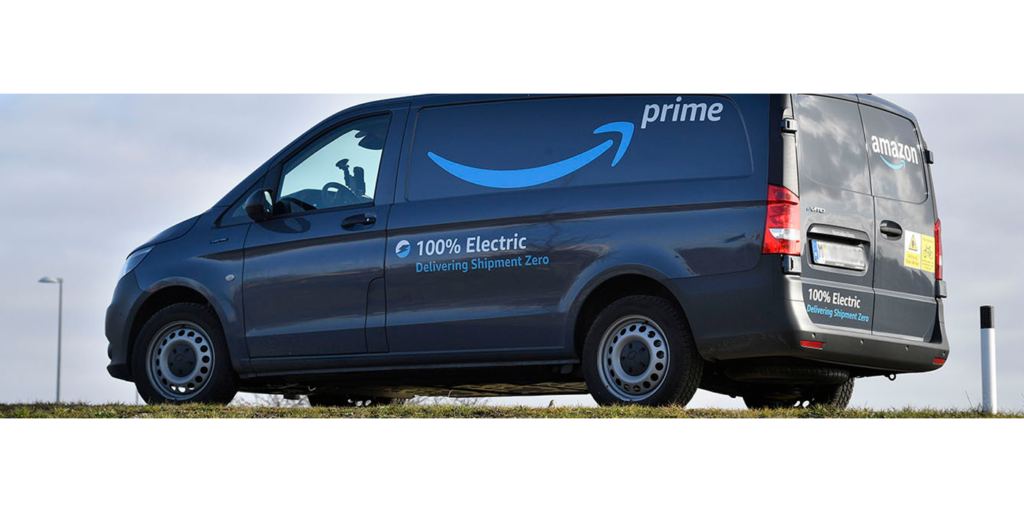
He adds that tire manufacturers have begun to create products that meet these demands, including more robust sidewalls, different tread compounds and other features.
Serving Commercial Customers
When it comes to serving LMD customers, tire dealers are the final link in the chain. Therefore, they must be knowledgeable in product offerings and applications to meet their commercial customers’ needs.
“Most dealers out there do a phenomenal job of learning a customer’s business by asking all the right questions,” Faraone says. “Learn about the customer’s business and what challenges they perceive in their existing tire program, then match them up with solutions to solve those needs and boost productivity. The least expensive tire is not always the best choice and the dealer should recommend products that stand up to the rigors of the routes these vehicles move.”
Netzel recommends that a servicing partner or tire dealer create a custom tire program for fleets to maximize total productivity, reducing downtime and maximizing total cost of ownership.
“Tire programs can vary from tire selection with a dealer to a robust retreading program and real-time tire monitoring systems,” he adds.
Tire dealers should help their commercial customers select the correct tread design for the vehicle, application and routes, according to Keller, who adds that monitoring correct tire pressure and following manufacturer pull point recommendations also is key.
Johnston said by tire dealers promoting a high-quality tire and tire program, this will ensure repeat customers and word-of-mouth advertising for their shop.
“Tire dealers are the experts fleets rely on to ensure they get the most uptime,” says Johnston. “The return on investment is even more critical when tires are subjected to rigorous use in urban environments. Last-mile fleets are growing rapidly and in need of professional advice to keep them on the road.”

